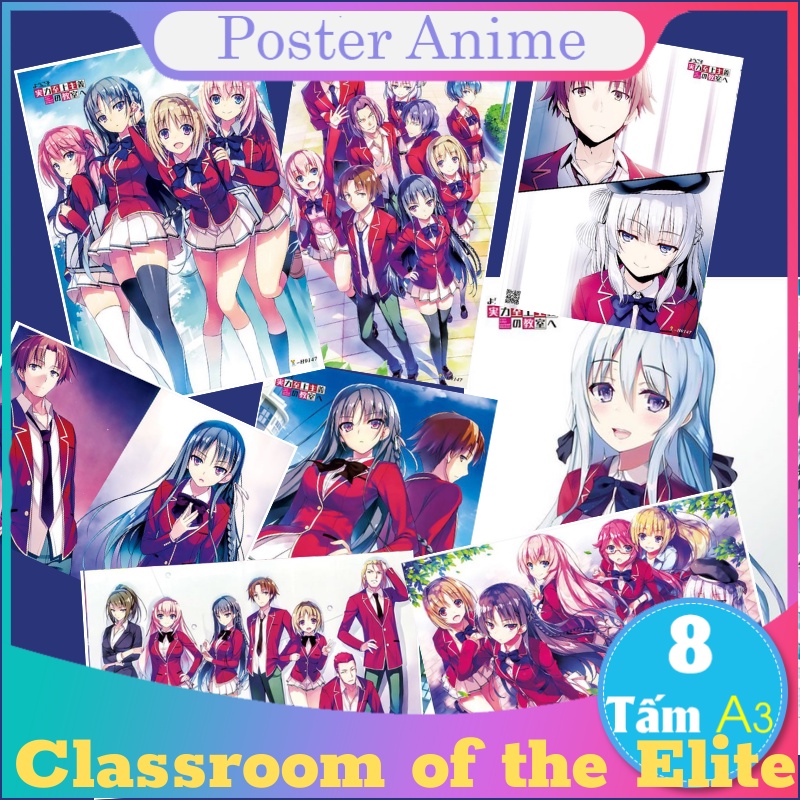Họ Chuối tiêu
| Họ Chuối tiêu | |
|---|---|
 Chuối tiêu ngực đốm (Pellorneum ruficeps dusiti) tại Vườn quốc gia Khao Yai, Thái Lan) | |
| Phân loại khoa học | |
| Giới (regnum) | Animalia |
| Ngành (phylum) | Chordata |
| Lớp (class) | Aves |
| Bộ (ordo) | Passeriformes |
| Phân bộ (subordo) | Passeri |
| Phân thứ bộ (infraordo) | Passerida |
| Liên họ (superfamilia) | Sylvioidea |
| Họ (familia) | Pellorneidae Vigors & Delacour, 1946 |
| Các chi | |
14. Xem văn bản. | |
Họ Chuối tiêu (danh pháp khoa học: Pellorneidae) là một họ chim gồm các loài chim dạng sẻ phần lớn ở Cựu Thế giới thuộc liên họ Sylvioidea.[1][2] Chúng khá đa dạng về kích thước và màu sắc, và thường đặc trưng bởi bộ lông mềm, mịn và đuôi có chiều dài trung bình bằng chiều dài cơ thể hoặc dài hơn. Những loài chim này được tìm thấy ở các vùng nhiệt đới, với mức đa dạng sinh học lớn nhất ở Đông Nam Á và tiểu lục địa Ấn Độ.
Tính đa dạng về hình thái khá cao: hầu hết các loài giống với chích, giẻ cùi hoặc hoét, khiến việc xác định loài trở nên khó khăn.
Họ Pellorneidae được bởi nhà điểu cầm học người Mỹ gốc Pháp Jean Théodore Delacour giới thiệu lần đầu tiên vào năm 1946.[3] Pellorneidae từng là một trong bốn phân họ của Timaliidae (khướu Cựu Thế giới), nhưng sau đó được tách thành thành họ riêng trong 2011 dựa trên phân tích phân tử.[4][5]
Phân loại học
[sửa | sửa mã nguồn]Các chi
[sửa | sửa mã nguồn]Họ này có 14 chi và 60 loài như sau:
- Chi Graminicola: 2 loài
- Chi Turdinus: Tách ra từ Napothera. 4 loài
- Turdinus marmoratus (tên cũ Napothera marmorata)
- Turdinus macrodactylus (tên cũ Napothera macrodactyla)
- Turdinus rufipectus (tên cũ Napothera rufipectus)
- Turdinus atrigularis (tên cũ Napothera atrigularis)
- Chi Malacopteron: 6 loài
- Chi Gampsorhynchus: 2 loài
- Chi Schoeniparus: Tách từ chi Alcippe ra. 7 loài
- Schoeniparus cinereus (tên cũ Alcippe cinerea)
- Schoeniparus variegaticeps (tên cũ Alcippe variegaticeps)
- Schoeniparus castaneceps (tên cũ Alcippe castaneceps)
- Schoeniparus klossi (tên cũ Alcippe klossi)
- Schoeniparus rufogularis (tên cũ Alcippe rufogularis)
- Schoeniparus dubius (tên cũ Alcippe dubia)
- Schoeniparus brunneus (tên cũ Alcippe brunnea)
- Chi Illadopsis (bao gồm cả Ptyrticus: 8 loài
- Chi Pellorneum: Bao gồm cả Malacocincla (một phần) và Trichastoma. 13 loài.
- Pellorneum ruficeps
- Pellorneum palustre
- Pellorneum capistratum
- Pellorneum fuscocapillus
- Pellorneum albiventre
- Pellorneum malaccensis (đồng nghĩa: Malacocincla malaccensis)
- Pellorneum cinereiceps (đồng nghĩa: Malacocincla cinereiceps)
- Pellorneum bicolor (đồng nghĩa: Trichastoma bicolor)
- Pellorneum rostratum (đồng nghĩa: Trichastoma rostratum)
- Pellorneum celebense (đồng nghĩa: Trichastoma celebense)
- Pellorneum pyrrogenys
- Pellorneum tickelli
- Pellorneum buettikoferi
- Chi Kenopia: 1 loài
- Chi Malacocincla: 3 loài
- Chi Gypsophila: Tách ra từ Napothera. 3 loài
- Gypsophila crassa (đồng nghĩa: Napothera crassa)
- Gypsophila brevicaudata (đồng nghĩa: Napothera brevicaudata)
- Gypsophila crispifrons (đồng nghĩa: Napothera crispifrons)
- Chi Ptilocichla: 3 loài
- Chi Napothera: 1 loài
- Chi Rimator: Bao gồm cả Jabouilleia. 5 loài
- Chi Laticilla: Chuyển từ họ Cisticolidae sang[6].
- Laticilla burnesii (tên cũ Prinia burnesii)
- Laticilla cinerascens (tên cũ Prinia cinerascens)
Chuyển đi
[sửa | sửa mã nguồn]- Chi Alcippe: Sang họ Leiothrichidae[7] hoặc họ Alcippeidae[8]. 10 loài
- Chi Leonardina: Sang họ Muscicapidae[9]. 1 loài
- Chi Robsonius: Sang họ Locustellidae[9]. 2 loài
Chú thích
[sửa | sửa mã nguồn]- ^ Fregin, Silke; Haase, Martin; Olsson, Urban; Alström, Per (2012). "New insights into family relationships within the avian superfamily Sylvioidea (Passeriformes) based on seven molecular markers". BMC Evolutionary Biology. Quyển 12 số 1. tr. 157. doi:10.1186/1471-2148-12-157. ISSN 1471-2148. PMC 3462691. PMID 22920688.
{{Chú thích tạp chí}}: Quản lý CS1: DOI truy cập mở nhưng không được đánh ký hiệu (liên kết) - ^ Cibois, Alice; Gelang, Magnus; Alström, Per; Pasquet, Eric; Fjeldså, Jon; Ericson, Per G. P.; Olsson, Urban (ngày 7 tháng 6 năm 2018). "Comprehensive phylogeny of the laughingthrushes and allies (Aves, Leiothrichidae) and a proposal for a revised taxonomy". Zoologica Scripta (bằng tiếng Anh). Quyển 47 số 4. tr. 428–440. doi:10.1111/zsc.12296. ISSN 0300-3256. S2CID 51883434.
- ^ Delacour, Jean Théodore. "Les timaliinés". L'Oiseaux (bằng tiếng Pháp). Quyển 16. tr. 7–36.
- ^ Lỗi chú thích: Thẻ
<ref>sai; không có nội dung trong thẻ ref có tênioc - ^ Gustafsson, D.R.; Clayton, D.H.; Bush, S.E. (2018). "Twelve new species of Priceiella (Phthiraptera: Ischnocera: Philopteridae) from Old World babblers, with keys to species of two subgenera and checklists of species for the genus". Zootaxa. Quyển 4382 số 3. tr. 401–449. doi:10.11646/zootaxa.4382.3.1.
- ^ Olsson U., M. Irestedt, G. Sangster, P.G.P. Ericson, P. Alström (2013), Systematic revision of the avian family Cisticolidae based on a multi-locus phylogeny of all genera, Mol. Phylogenet. Evol. 66, 790-799.
- ^ Moyle R.G., M.J. Andersen, C.H. Oliveros, F. Steinheimer, S. Reddy (2012), Phylogeny and Biogeography of the Core Babblers (Aves: Timaliidae), Syst. Biol. 61, 631-651, doi:10.1093/sysbio/sys027.
- ^ Cai, T.; Cibois, A.; Alström, P.; Moyle, R. G.; Kennedy, J. D.; Shao, S.; Zhang, R.; Irestedt, M.; Ericson, P. G. P.; Gelang, M.; Qu, Y.; Lei, F.; Fjeldså, J. (2019). "Near-complete phylogeny and taxonomic revision of the world's babbler (Aves: Passeriformes)". Mol. Phylogenet. Evol. 130: 346–356. doi:10.1016/j.ympev.2018.10.010.
- ^ a b Oliveros C.H., S. Reddy, R.G. Moyle (2012), The phylogenetic position of some Philippine"babblers"spans the muscicapoid and sylvioid bird radiations, Mol. Phylogenet. Evol. 65, 799-804.
Tham khảo
[sửa | sửa mã nguồn] Dữ liệu liên quan tới Pellorneidae tại Wikispecies
Dữ liệu liên quan tới Pellorneidae tại Wikispecies Tư liệu liên quan tới Pellorneidae tại Wikimedia Commons
Tư liệu liên quan tới Pellorneidae tại Wikimedia Commons- Cibois, A. (2003). "Mitochondrial DNA phylogeny of babblers (Timaliidae)". Auk. 120 (1): 35–54. doi:10.1642/0004-8038(2003)120[0035:MDPOBT]2.0.CO;2.
- Collar N. J. & C. Robson. 2007. Family Timaliidae (babblers). Pages 70–291 in J. del Hoyo, A. Elliott & D. A. Christie (editors), Handbook of the birds of the world. Volume12. Picathartes to Tits and Chickadees. Lynx Edicions, Barcelona.
- Gelang, M.; Cibois, A.; Pasquet, E.; Olsson, U.; Alström, P.; Ericson, P.G.P. (2009). "Phylogeny of babblers (Aves, Passeriformes): major lineages, family limits and classification". Zoologica Scripta. 38 (3): 225–236. doi:10.1111/j.1463-6409.2008.00374.x.
- Pasquet E., E. Bourdon, M. V. Kalyakin & A. Cibois. 2006. The fulvettas (Alcippe, Timaliidae, Aves): a polyphyletic group. Zoologica Scripta 35: 559-566.
 GIẢM
38%
GIẢM
38%
![[Tập hiểu sâu]: Vì sao Bạn luôn KHÔNG ỔN?](https://images.spiderum.com/sp-images/f5ab2630336211eea9e7ef608f381f46.png) GIẢM
12%
GIẢM
12%
 GIẢM
16%
GIẢM
16%
 GIẢM
9%
GIẢM
9%
 GIẢM
33%
GIẢM
33%
 GIẢM
-50%
GIẢM
-50%



